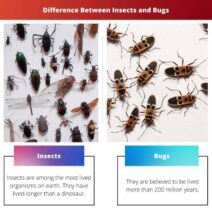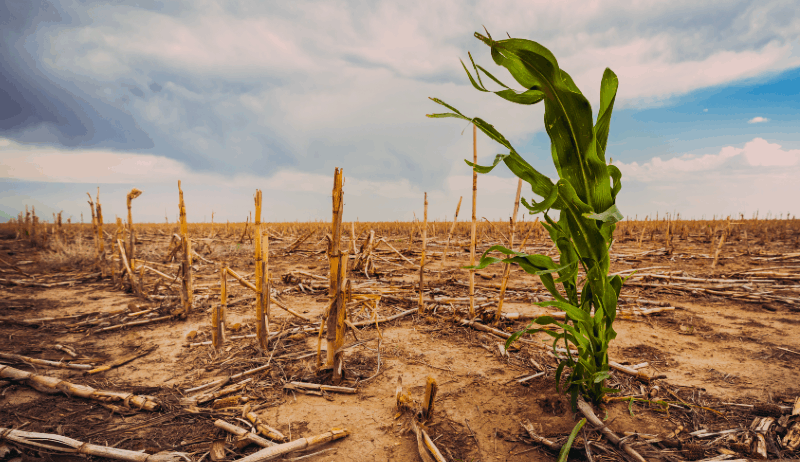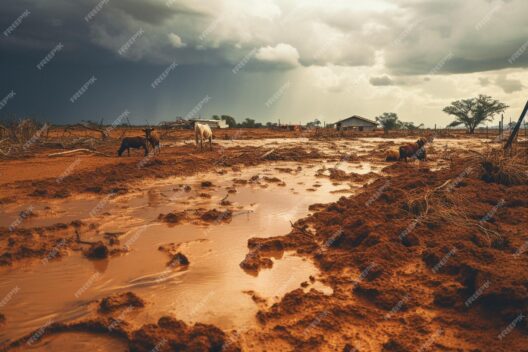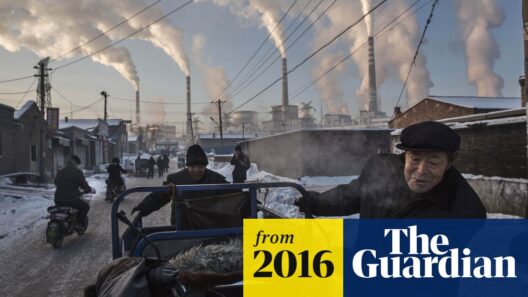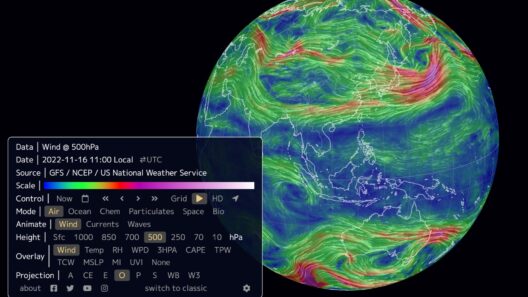Picture this: it’s dinner time, and you sit down to enjoy a vibrant plate filled with fresh vegetables, grains, and perhaps some succulent protein. But have you ever paused to think about how much climate change affects what’s on your plate? As global warming accelerates, the implications for agriculture, food production, and food security are becoming increasingly concerning. This thought leads us to an intriguing yet pressing question: “What will our future dinners look like in a world grappling with escalating temperatures?”
Global warming is a phenomenon marked by rising temperatures due to the accumulation of greenhouse gases in the atmosphere. This seemingly abstract concept translates directly into concrete realities affecting food production, quality, and accessibility. With a volatile climate, farmers face an array of challenges that cascade down to our dining tables.
One immediate consequence of global warming is the increase in extreme weather events. Flooding, drought, and erratic weather patterns disrupt traditional farming schedules, undermining crop yields. For instance, prolonged droughts hinder irrigation efforts, resulting in stunted growth or complete crop failure. Conversely, excessive rainfall can saturate the soil, leading to erosion and the destruction of arable land. These factors not only threaten the immediate availability of food but also drive up prices, making it a challenge for people to access necessary nutrition.
Moreover, with rising temperatures, certain regions may become inhospitable for staple crops. Take wheat, for example. As temperatures rise past optimal levels, wheat production could decline significantly in areas where it has been cultivated for generations. Consequently, farmers may need to shift crops or employ more resistant varieties, which can require new skills and resources. The challenge remains: can farmers adapt fast enough to mitigate the impact of climate change on their livelihoods and the food systems dependent on them?
Biodiversity loss is yet another harbinger of a food crisis. As ecosystems change due to global warming, many plant and animal species may struggle to survive. This reduction in biodiversity threatens the resilience of our agricultural systems. Monoculture practices—a reliance on a single crop variety—aggravate this situation. Should disease or pestilence strike one type of crop, the repercussions can be catastrophic. Addressing this challenge requires embracing more sustainable practices that acknowledge the importance of variety in agriculture.
So, what happens when our agricultural diversity shrinks? The implications are dire. Humanity has relied on a wide array of crops to nourish diverse populations, each with its own unique nutritional profiles. By narrowing our focus, we risk lessening the nutritional quality of food. A diet lacking in variety can lead to deficiencies that impact overall health outcomes. What may seem like distant or disconnected issues, such as climate change, actually converge at our dinner tables, creating a multifaceted challenge that impacts both individual health and societal well-being.
Another worrying trend is the impact of climate change on food safety. Warmer climates can lead to the proliferation of pathogens and pests that can taint food and compromise its safety. Foodborne illnesses are expected to rise as environments become more conducive to the survival and spread of harmful bacteria. This scenario forces us to confront the question of whether our current food safety regulations are robust enough to withstand the challenges posed by a changing climate.
In addition, the effects of climate change are not felt uniformly. Marginalized communities—often the ones least responsible for greenhouse gas emissions—tend to bear the greatest brunt of food insecurity. As food prices soar, these communities face a more acute challenge in accessing healthy foods. This disparity not only invokes concerns over equity and justice but also poses questions about how to ensure that everyone can secure basic nutritional needs amid a changing climate.
The future of our food systems is intricately linked to the actions we take today. Engaging in sustainable practices, supporting local and organic agriculture, and advocating for policies aimed at addressing climate change are essential steps. By fostering a food system that prioritizes resilience, we can preemptively tackle some of the looming challenges.
However, fostering resilience comes with its own set of challenges. The implementation of these practices often requires significant investment, innovation, and a collective commitment to change. This daunting task can make it seem as though the path forward is fraught with obstacles. Yet, within these challenges lies an opportunity. Innovative approaches, such as permaculture and agroecology, offer pathways to create agriculture that works with nature rather than against it. These methods not only improve yields but also enhance biodiversity, enriching the very systems that sustain us.
In conclusion, the interrelationship between global warming and the food we eat is profound and cannot be overlooked. As stewards of the Earth, it is imperative for us to recognize how our actions—both at the individual and collective levels—can shape our food future. Although the challenge is formidable, the will to adapt and innovate can lead us toward a more sustainable and equitable food system. So, the next time you gather around the dinner table, take a moment to reflect on the journey your food has made and consider how you can contribute to shaping a resilient future for us all.

